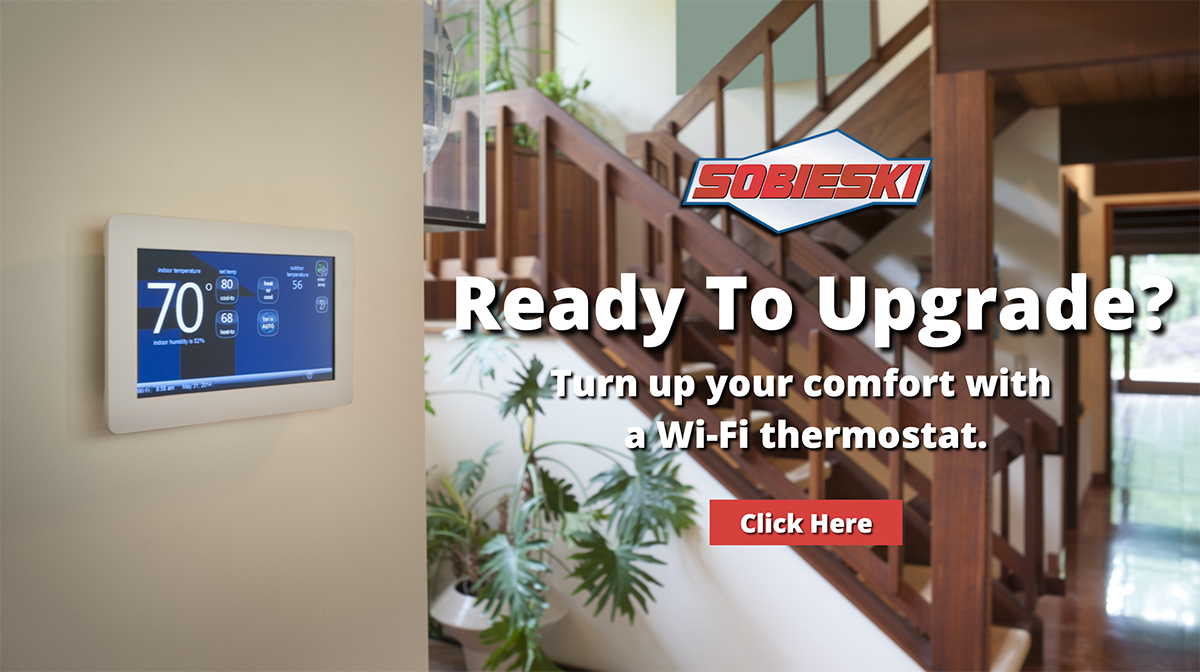What is Air Balancing and Why Does My Building Need it?
The Delaware and Pennsylvania area’s climate leaves little time when we don’t need either heating or cooling. Air balancing helps ensure all the rooms in your building get the warm or cool air they need so the entire premises stays comfortable year round.
Why Air Balancing Matters
No matter how efficient and well-maintained a furnace or air conditioner, there’s still a chance it’s not providing even airflow through the building. That’s because the system relies on the building’s ductwork to distribute the air it warms or cools.
Problems with either the system itself or the ductwork can cause an air to be unevenly distributed or create negative air pressure in the building. This results in certain rooms never reaching a comfortable temperature, cold drafts, and areas that feel stuffy or humid compared to other parts of the building.
Air balancing is a method of testing your heating and cooling system to spot any problems that are causing uneven airflow or negative air pressure. Once identified, these problems can be corrected so every room gets the amount of air it needs. You stand to benefit in a number of ways.
Greater comfort — Balanced airflow means even temperatures throughout the whole building and fewer chilly drafts caused by outdoor air being drawn into the building. Building occupants won’t be forced to put on jackets and sweaters just to use parts of the building that are always chilly. In office buildings and schools, comfort promotes productivity.
Better indoor air quality — Low airflow allows indoor air contaminants, such as pollen and mold spores, to build up. It can also leave rooms feeling stale and stuffy. With balanced airflow, everyone in your building will enjoy healthier, fresher-smelling air.
Lower energy bills — When the temperature in one area never seems to be right, it’s tempting to crank up the heat or lower the A/C temperature for the whole building to compensate. Doing so only wastes energy. After correcting your building’s airflow, you’ll no longer need to do this. You can choose energy-efficient thermostat temperatures and still keep every room comfortable.
What Air Balancing Entails
A technician will bring in diagnostic equipment to test various aspects of your system’s performance. Air balancing hoods are placed over the air supply registers to measure the amount of air coming through. Manometers are used to measure air pressure within the system to pinpoint any blockages. Hygrometers are used to check humidity levels. Data from these tests are used to draw up a report outlining how well the system is performing.
Issues uncovered can then be corrected. Damaged ducts are a common cause of airflow imbalances due to air leakage. Loose duct joints can be properly fit and sealed, small holes can be patched, and collapsed flex duct and severely damaged fiberglass or sheet metal ducts can be replaced.
In other cases, design flaws are at the root of the airflow imbalance. This is particularly common in multi-story buildings. Possible design flaws include undersized ducts, excessively long duct runs, and duct runs with many sharp turns. While a complete redesign isn’t always practical, it’s usually possible to redesign the most problematic areas to ensure correctly balanced airflow.
Blockages also create airflow imbalances. These are often caused by deteriorating insulation or a foreign object, such as an old air filter, that was sucked into the duct system. Simply removing the blockage can restore proper airflow to a room.
Our goal is to help educate our customers about Plumbing, HVACR, Fire Protection, and Alarm Systems in Mechanical, Commercial, and Residential settings. For more information about air balancing and to view projects we’ve worked on, visit our website!
Photo Credit: ilenechildqez via Compfight cc









